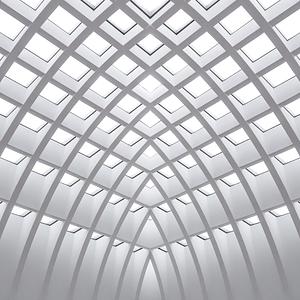-
-
Introduction to this Tutorial
-
Sets and Set Notation
-
Proof of the Infinitude of Primes
-
Boolean Set Operations
-
Vectors and Vector Operations
-
Introduction to Vectors (5:11)
-
Scalar Multiplication (6:41)
-
Vector Addition (4:32)
-
Quiz #4
-
Quiz #4 Solution
-
The Dot Product (6:00)
-
Quiz #5
-
Quiz #5 Solution
-
Geometric Interpretation of the Dot Product (6:39)
-
The Dot Product and Projections (8:26)
-
Quiz #6
-
Quiz #6 Solution
-
The Cross Product, Part I (8:06)
-
The Cross Product, Part 2 (4:05)
-
Quiz #7
-
Quiz #7 Solution
-
-
-
-
Matrix Operations
-
Essential Types of Matrices
-
Vector Spaces
-
Determinants
-
-
-
Diagonalization and Powers
-
Geometric Transformations
-
Differentiation as a Matrix Operation
-
1.4 Boolean Set Operations » Quiz #2 Solution
Question 1: The only elements that sets A and B have in common are 4 and 5.
Question 2: Recall that the complement of a set A is the set of elements from the "Universe" (U) not contained in A. In this question, the elements of U not contained in A are 8, 9, and 10.
Question 3: is the combined set of the integers and the rational numbers, which is equal to Q, since all integers are rational. So
. But since Q is a subset of R, the intersection of Q and R is just Q.

